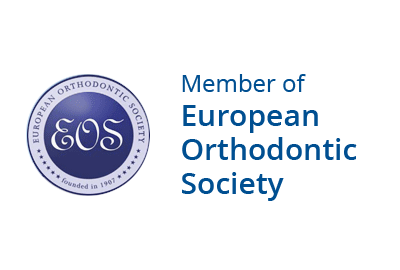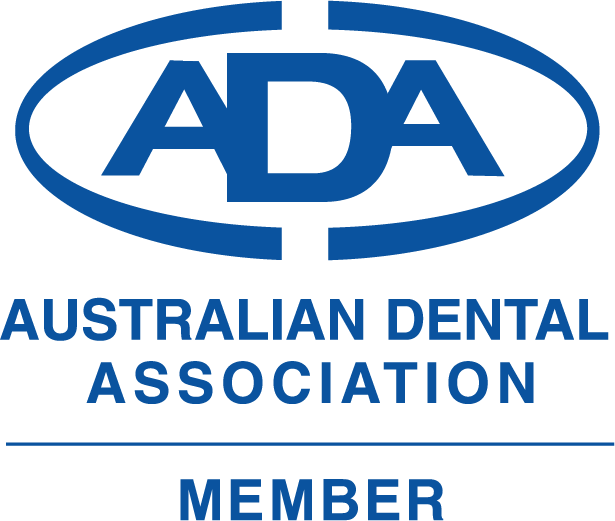When patients undertake orthodontic treatment we all want their teeth to remain in their new straight position after the orthodontic appliances are removed. This is accomplished through the wear of retainers.
It was once thought that patients need only wear their retainer for a few years until their teeth were considered to be largely stable in their new position. Now however we classify Retention as a long term phase for all orthodontic patients.
There are different types of retainers that orthodontists use to retain the position of teeth, in certain cases one type of retainer may be recommended over another. Generally though there two types of retainers: removable and bonded. Both types have advantages and disadvantages and we work with our patients to decide on which retainer is most appropriate.
Removable retainers are great because:
- there is no limitation on what patients can eat because the retainers are removed for eating;
- they don’t impact on a patient’s oral hygiene as they are removed for brushing;
- they are clear and almost invisible.
For removable retainers to be effective a certain amount of discipline is required to ensure they are worn for the appropriate amount of time each day.
Bonded retainers on the other hand are permanently bonded to the back of the front six teeth so that they are invisible when smiling. This means
- the patient doesn’t have to remember to wear their retainers;
- the retainers require maintenance work if they come unglued – patients should still avoid and sticky toffees and lollies;
- they are only suitable for those patients who have excellent oral hygiene because of the difficulty in cleaning this area.
Whichever retainer is used, it is important that the patient is committed to wearing and caring for their retainers. As faces age and change over the course of people’s lives their teeth will also have a tendency to move in order to adapt to these changes. The only way to prevent this movement is with long term wear of retainers. It is important that if there are any problems with the retainers, patients notify the practice as soon as possible to have them repaired or replaced otherwise teeth are likely to move.
Retention is an important long-term aspect of orthodontic treatment. Patients must be prepared to commit to the wear of their retainers for many years after their braces or aligners are removed. When retainers are worn correctly there is little or no unwanted movement of teeth. When retainers are not worn long-term there will almost certainly be significant relapse of teeth into misalignment. Many of the adult patients we see, have previously had braces as teenagers but admit they are back for a second round of treatment simply because they didn’t wear their retainers.
Click the link below to watch the YouTube retention video recently released by The British Orthodontic Society called Hold That Smile.






